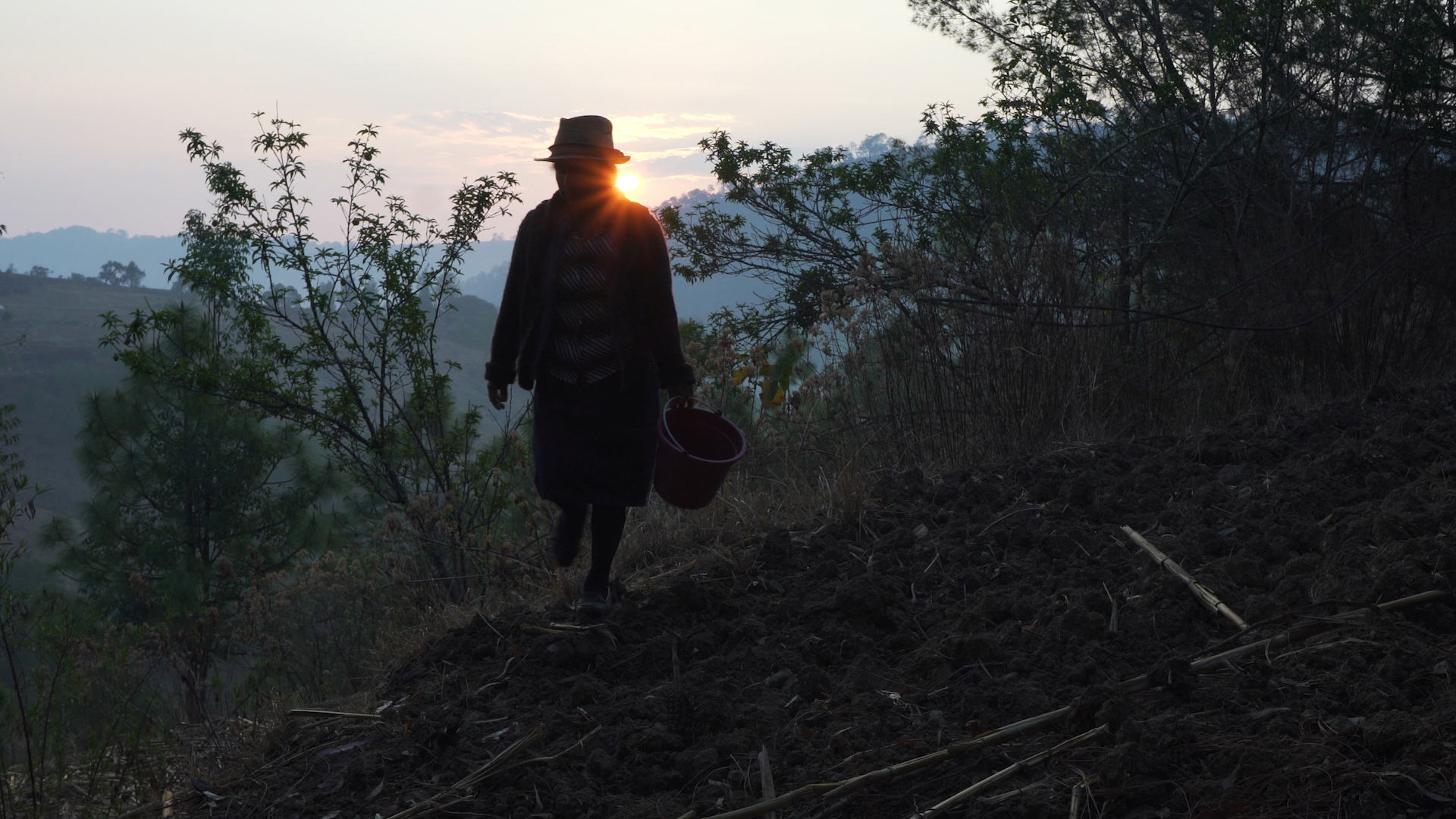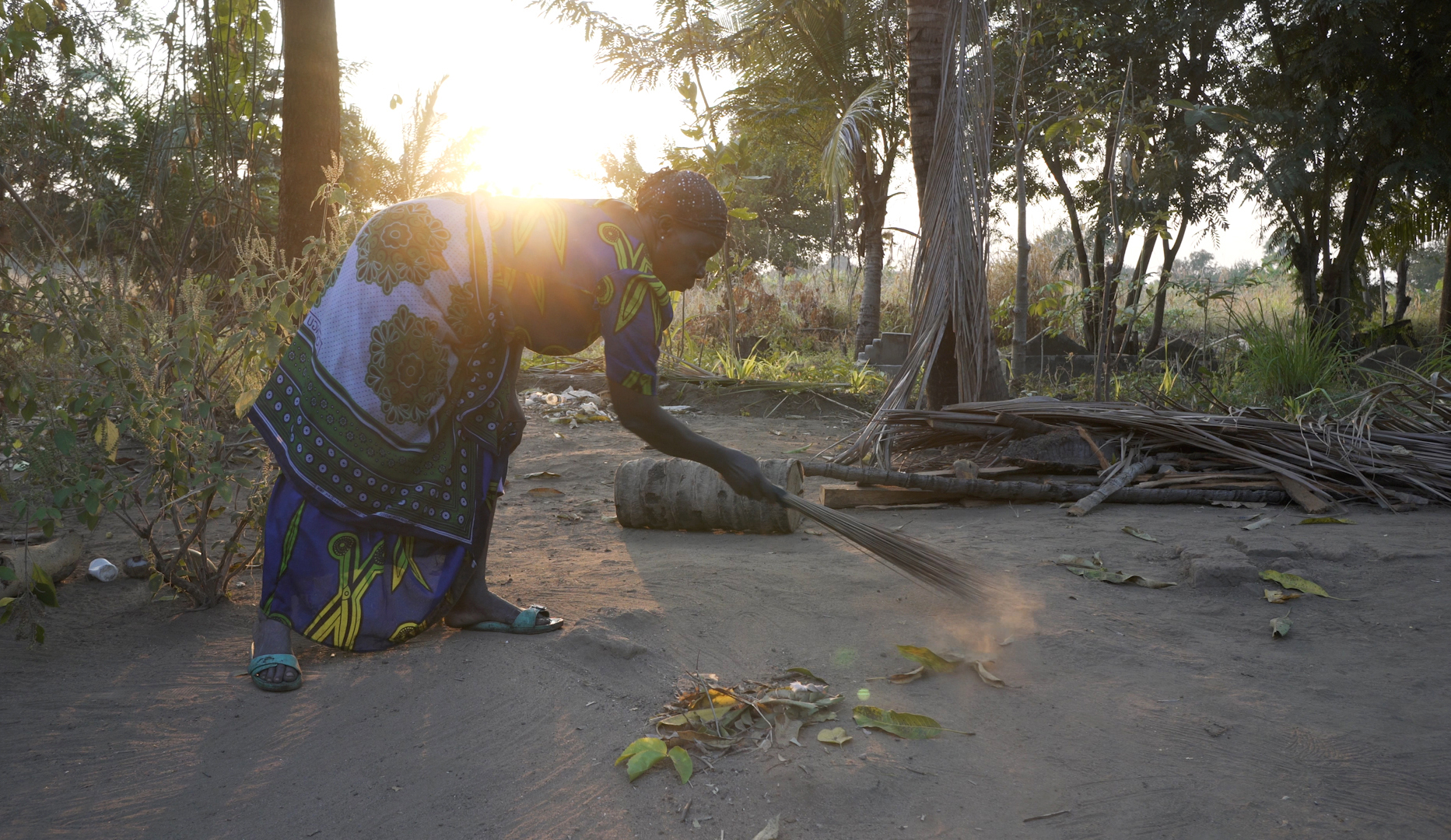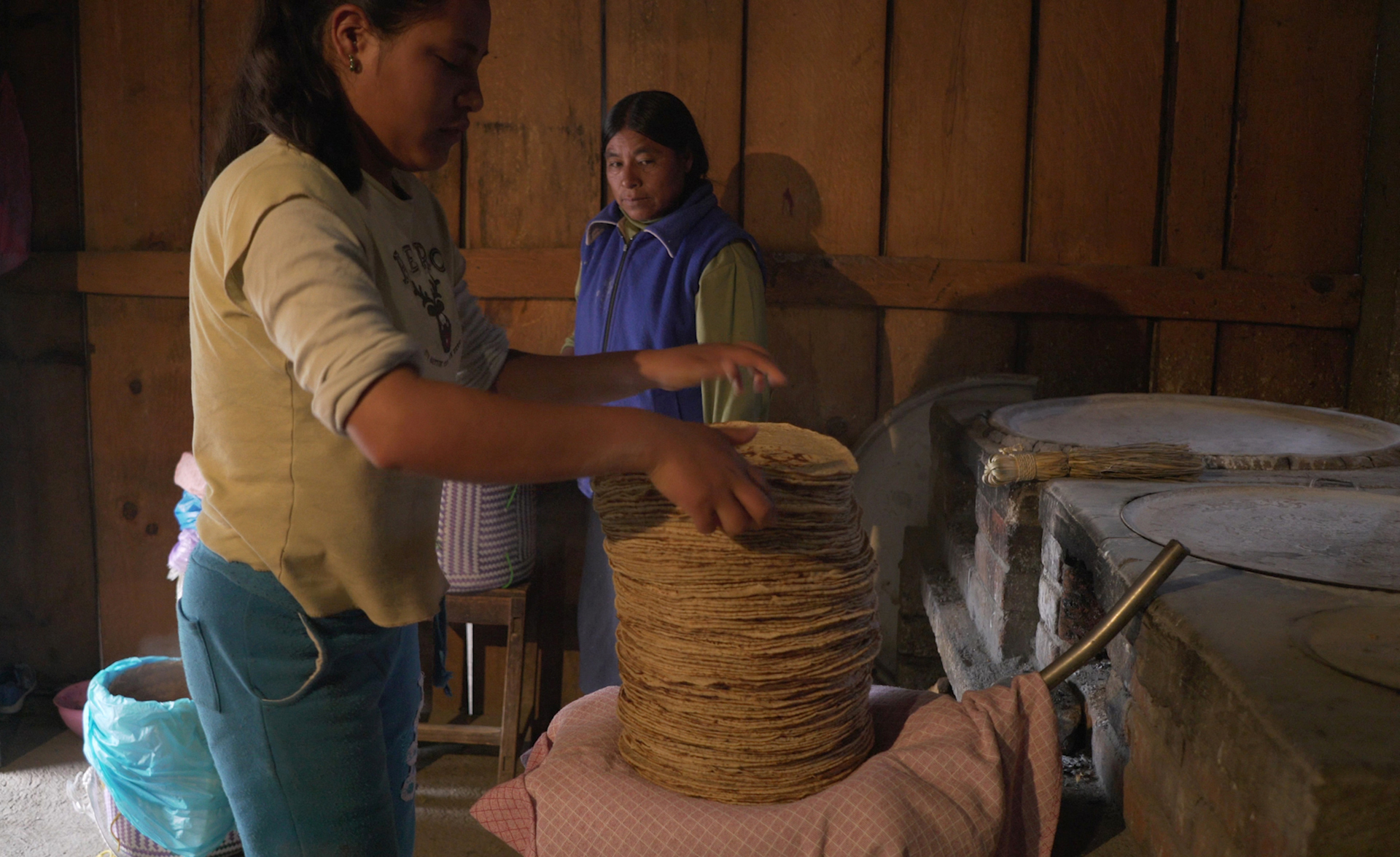When new technology disrupts traditional gender roles in agriculture
Half a century ago, few Nepalese farmers were willing to risk their lives to farm the sweltering and heavily forested plains of the Terai region bordering India. However, the advent of democracy in 1951 and malaria eradication efforts paved the way for the mass resettlement of people from mountain regions elsewhere in the country.
Indigenous Tamang farmers joined the flow of settlers—among them the family of Bhim Pakhrin, who still has vivid childhood memories of the long journey by foot, bus, and train from his ancestral mountain village of Jharlang to the jungle region of Punarbas in far western Nepal.
Some fifty years later, Bhim is a community leader and influential farmer in Punarbas, a small rice-farming village where certain gender norms cross ethnic and caste lines to underpin the participation of women and men in agriculture. These are reflected in gendered cropping patterns: for example, women typically plant rice after men plow the soil.
If Bhim gets his wish, though, these customs could soon change, with women in Punarbas doing significantly less manual transplanting of rice. Over the past year, Bhim, with the support of the Cereal Systems Initiative for South Asia (CSISA), has been spearheading an effort to introduce mechanical rice planting machines to the village. And while the outcome of the new direct seeding technology is not yet known, its impact on gender roles and the agricultural division of labor is already being felt.
“In our Tamang community, women do household work like making food, and men go out to earn and bring money from outside,” Bhim says. “If there’s big heavy work, men do it. If the work is minor or simple, we tell women to do it.”
By “heavy,” Bhim means conventionally male tasks such as plowing the land with tractors, oxen, or buffalo, while by “minor” or “simple” he is referring to the typically female responsibilities of uprooting the rice seedlings and transplanting rice, in addition to preparing and serving meals for the male workers.
According to Bhim, although women have traditionally done most of the fieldwork in Punarbas, they are not permitted to drive oxen or buffalo.
“Even if the man is weak or thin, this work has to be done by a man,” Bhim says.
Sita Nepal Chaudhary, a Tharu farmer, explains the gendered division of agricultural roles further.
“We women are the ones who uproot rice seedlings here, while men are plowing, driving their oxen and buffalo over there, since we don’t know how to plow. How can we do that? The buffalo don’t take us seriously. They just pull us women along. . . . We are women. That’s why we can’t plow.”
– Sita Nepal Chaudhary, Tharu farmer, Punarbas, Nepal
Despite the claims of male farmers like Bhim, neither Sita nor the other women transplanting rice for several hours each day would classify their work as “light.”
“It’s very hard work,” says Manju Lobsang, a Tamang farmer. “You get back pain, waist pain, and when there’s scorching sun, you get very hot.”
Still, Manju says, village women have grown accustomed to the work, treating it as a social occasion to sing songs, tell jokes, and have fun with other women farmers.
Not surprisingly, though, given the intense labor required to transplant rice and women’s many other productive and reproductive responsibilities, female farmers in Punarbas are generally open to the idea of the direct seeder to reduce their agricultural work burden.
“Women just get the seeds ready and take them to the field, that’s all,” says Keshu Joshi, a Brahmin farmer who previously spent nine hours per day in the field, about the direct rice seeder. “Everything else is men’s work. We women can sit in the shade and talk with friends. So it’s very helpful for women and also good for men.”
Bhim, who has received training in direct seeding practices and works as a machinery contractor planting rice for his neighbors, has few doubts about the innovation’s benefit for the community. He explains that “there’s no need to make a nursery, no need to transplant, and no need to puddle the land.”
By his own calculations, direct seeding saves about $25,000 rupees ($250 USD) per bigha (0.7 ha).
However, many women farmers remain cautiously optimistic about the potential for a good harvest, with some of the women even walking behind the machine to replant their rice by hand to ensure the job is properly done.
Women are less involved in direct seeding than men because they don’t drive tractors. But, Bhim says, long-held beliefs about what men and women can and cannot do are beginning to wane in Punarbas, leaving some space for men and women, particularly of younger generations, to maneuver and try out new things in their everyday lives. Such changes could alter agricultural roles.
“Slowly with development, women will also drive tractors. There’s going to be a lot of change after us. Both women and men will do what isn’t possible now. Everything will be possible later. Our next generation of women will drive tractors.”
– Keshu Joshi, Brahmin farmer, Punarbas, Nepal
For Bhim, too, change is inevitable.
“Until now, life is running in the traditional way, not only in our whole Tamang community but also in my own house,” he says. “We follow all the cultural practices in our traditional way. But the next generation, my son and daughters, have seen different places with different ways, and they know more than we do. They may change their family, community, and society.”
Other video stories



Changing views about women’s capacities as farmers
The challenges of widowhood
Expanding economic agency amid sticky gender norms
Contact us
For more information, please contact Marlène Elias, CGIAR GENDER Platform Alliances Module leader and Senior Scientist at the Alliance of Bioversity International and CIAT, marlene.elias@cgiar.org


